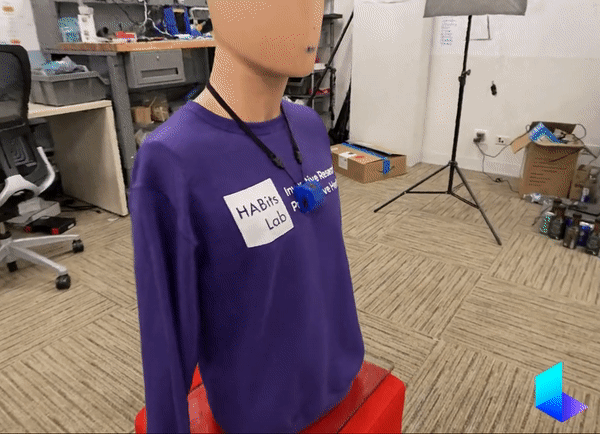Smoking is the leading cause of preventable death worldwide. Cigarette smoke includes thousands of chemicals that are harmful and cause tobacco-related diseases. To date, the causality between human exposure to specific compounds and the harmful effects is unknown. A first step in closing the gap in knowledge has been measuring smoking topography, or how the smoker smokes the cigarette (puffs, puff volume, and duration). However, current gold-standard approaches to smoking topography involve expensive, bulky, and obtrusive sensor devices, creating unnatural smoking behavior and preventing their potential for real-time interventions in the wild. Although motion-based wearable sensors and their corresponding machine-learned models have shown promise in unobtrusively tracking smoking gestures, they are notorious for confounding smoking with other similar hand-to-mouth gestures such as eating and drinking. In this paper, we present SmokeMon, a chest-worn thermal-sensing wearable system that can capture spatial, temporal, and thermal information around the wearer and cigarette all day to unobtrusively and passively detect smoking events. We also developed a deep learning–based framework to extract puffs and smoking topography. We evaluate SmokeMon in both controlled and free-living experiments with a total of 19 participants, more than 110 hours of data, and 115 smoking sessions achieving an F1-score of 0.9 for puff detection in the laboratory and 0.8 in the wild. By providing SmokeMon as an open platform, we provide measurement of smoking topography in free-living settings to enable testing of smoking topography in the real world, with potential to facilitate timely smoking cessation interventions.

Rawan Alharbi
Soroush Shahi
Stefany Cruz
Lingfeng Li
Sougata Sen
Mahdi Pedram
Christopher Romano
Josiah Hester
Aggelos K. Katsaggelos
Nabil Alshurafa